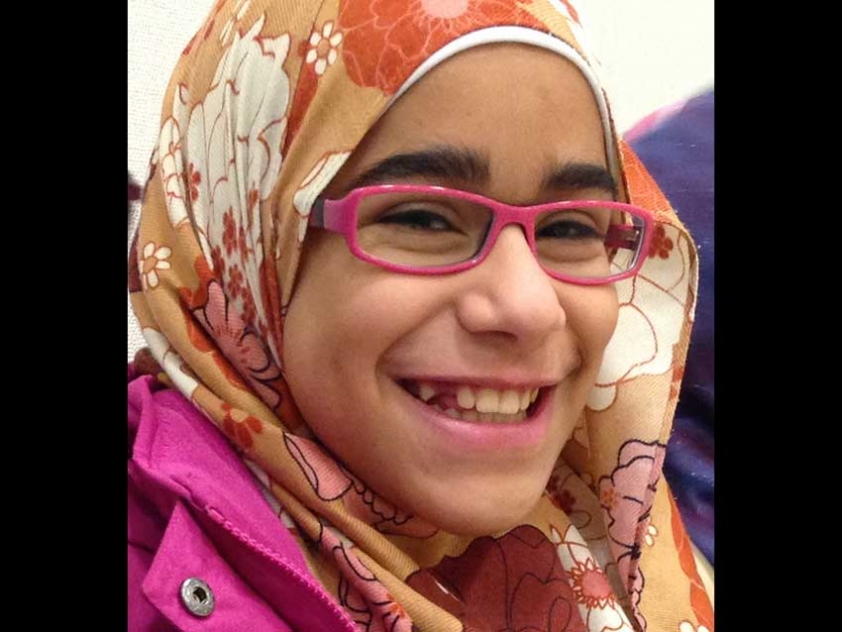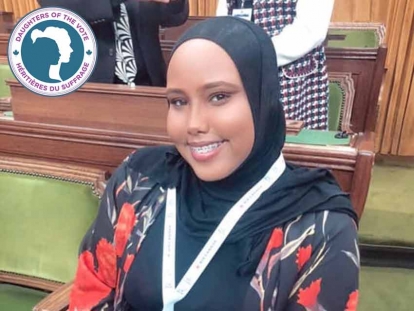 Maryam Felfel is a Grade 7 student at Al Furqan School in Ottawa.
Maryam Felfel is a Grade 7 student at Al Furqan School in Ottawa.
Jul
Indigenous Perspectives on Canadian History: A Muslim Student’s Reflection
Written by Maryam FelfelWhile learning about indigenous peoples in my Grade 7 History Class at Al Furqan School, we sought to bring some authentic voices to our classroom. Kiera Brant, an indigenous woman and a graduate student at the University of Ottawa, gave a speech to our class on the difficulty of being an indigenous person in our day and age in Canada. She also spoke about the discrimination and past struggles faced by indigenous peoples.
As part of her talk, she said that the term ‘indigenous’ is preferred within their community because, “That’s what we chose to call ourselves first,” and that the term 'Native American' does not describe the indigenous correctly. Also, the term ‘aboriginal’ was chosen by the government without consulting them.
Kiera addressed the topic of reserves. Reserves were created about 150 years ago in 1867. “The idea of the reserves was that they had too many indigenous people and all of this land they didn’t want indigenous people on.” She went on to say that the government created reserves, which amounted to about 1% of the land that used to belong to the indigenous. This caused many problems and placed limitations on cultural practices, such as hunting.
Brant also spoke about common stereotypes about how indigenous people look and dress. For example, there is the thought that all indigenous people live in teepees, longhouses, and so forth. However, most indigenous people live in modern houses and use traditional houses for special events and ceremonies. Another stereotype she addressed was the idea that all indigenous people are associated with the headdress, when in fact the headdress is specific to a certain peoples. The lack of diversity in the portrayal of indigenous people in media fails to represent the many differing cultures of indigenous peoples.
Perhaps the most important topic Kiera talked about was the Indian Act. Kiera said the Indian Act, “Still controls almost every aspect of [her] life.” Along with the Indian Act came the Band Card, which First Nations peoples must carry everywhere to prove that they are legal ‘Indians’, a term that was, and still is, incorrectly used to describe them in the Act.
One of the most shocking parts of Kiera’s talk was the contemporary indigenous struggles that go unmentioned in mainstream media. For example, in Kiera’s reserve, Tyendinaga, they don’t have clean drinking water and the issue gets little to-no media coverage, whereas the Flint, Michigan water crisis across the border received a huge amount of coverage by Canadian media.
In conclusion, Kiera’s talk was an eye-opening experience. It really changed my views on indigenous life and how much the pain of the past still affects them. Kiera’s talk was extremely beneficial.
This article was produced exclusively for Muslim Link and should not be copied without prior permission from the site. For permission, please write to info@muslimlink.ca.


